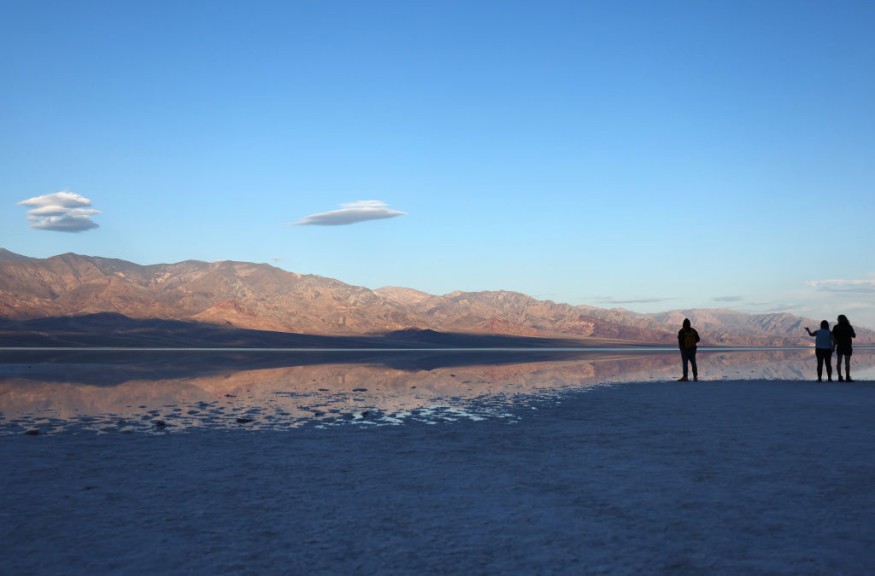
Death Valley in California is both the hottest and driest region in North America. However, two months after Hurricane Hilary's onslaught, areas of the national park resemble an oasis rather than a desert.
The parched land has become ponds, wildflowers are blooming in remote regions, and a salt flat has become a large lake.
"Lakes in the sand dunes wasn't on our 2023 bingo card," the park posted on Instagram. "Ephemeral lakes popped up around the park, which is both pretty rare and amazing."
Hurricane Hilary Onslaught
Hurricane Hilary dumped 2.2 inches of rain on Death Valley in only 24 hours on August 20, the wettest day in the park's history.
According to statistics dating back to 1911, the park had never recorded more than 2 inches of rain in a single day.
The parched desert soil was unable to absorb the enormous rainfall quickly enough, resulting in rapid flooding. The stream of water wiped away paths as well as most of what was in its path.
The damage was so severe that Death Valley National Park was forced to close from late August to mid-October, the longest closure in the park's history, according to Mike Reynolds, the park's superintendent.
In the immediate aftermath of Hurricane Hilary, floodwaters collected in various spots throughout the vast park, including the Mesquite Flat Sand Dunes. Mud fissures are the only remnants of the several ponds that have dried up since August.
Excess water also caused wildflowers to bloom early in a distant region of the park that most visitors cannot reach.
"It is definitely a rare and special event," said Death Valley Park spokesperson Abby Wine, adding that it only happens roughly once a decade.
Read Also : Death Valley Likely to Reach 130 F Heat Temperature; Risk of Wildfires, Heat-Related Stress Possible
Badwater Basin
The floodwaters changed the well-known Badwater Basin salt flats, which are now covered in shimmering water estimated to be 2 feet deep.
"That's what it was in 2005, the last time there was a significant lake there," Los Angeles Times park ranger Matthew Lamar said.
While the park is enjoying its wettest period in nearly two decades, the water will not last long.
Lamar said it will depend on the temperature, but given the landscape's high evaporation rate, it could be only a matter of weeks before the waters recede.
The basin, which spans about 200 square miles and is known for its spectacular salt formations, previously hosted an ancient lake that evaporated tens of thousands of years ago.
It is the lowest point in North America, at 282 feet below sea level.
Visitors are reminded that Death Valley National Park is only partially reopened and that they can expect delays and reduced speed limits until the damage is entirely repaired.
This was the park's second straight year of closure due to a record-breaking rain event, and crews are currently trying to repair damage from 2022.
This summer's torrential rains exacerbated the devastation, washing away roads and burying infrastructure.
Related Article : Flash Floods at Death Valley Bury Cars and Leaves 1000 People Stranded
Related Video:
© 2025 NatureWorldNews.com All rights reserved. Do not reproduce without permission.





